MARKET OVERVIEW
The US Baby Sleepwear market embodies a fascinating tapestry of trends and innovations, reflecting the dynamism of infant care and parenting. In this market segment, where comfort meets style, the evolution of baby sleepwear has taken center stage, driven by the amalgamation of safety concerns, fashion preferences, and technological advancements.
Infants demand specialized attention in every aspect of their care, and sleepwear is no exception. The US market for baby sleepwear is a testament to the meticulous craftsmanship and thoughtful design required to address the unique needs of the youngest members of society. Manufacturers and designers alike engage in a delicate dance, balancing aesthetics with functionality to produce sleepwear that not only keeps babies snug and secure but also aligns with contemporary tastes.
Safety standards play a pivotal role in shaping the landscape of baby sleepwear. The industry is marked by a commitment to adhering to stringent regulations and guidelines aimed at ensuring the well-being of infants during their restful hours. As parents become increasingly discerning about the products they choose for their little ones, the market responds by introducing innovative materials and designs that prioritize both safety and comfort. The market caters to diverse parental preferences, offering a kaleidoscope of choices that mirror the ever-changing landscape of fashion and design.
Technology has also made notable inroads into the baby sleepwear market. From advanced fabric technologies that regulate temperature to smart sleepwear with embedded sensors providing real-time monitoring, innovation is shaping the way parents approach the art of putting their babies to sleep. These technological advancements enhance the user experience and provide reassurance for parents navigating infant care.
The US Baby Sleepwear market is a fascinating microcosm of the larger parenting landscape, where safety, style, and innovation converge to create a diverse array of sleepwear options for the newest members of society. As the market continues to evolve, driven by the ever-changing preferences of parents and advancements in technology, one thing remains constant—the unwavering commitment to ensuring that infant's slumber in comfort, safety, and style.
The US Baby Sleepwear market is estimated to reach $2152.1 Million by 2030; growing at a CAGR of 5.6% from 2023 to 2030.
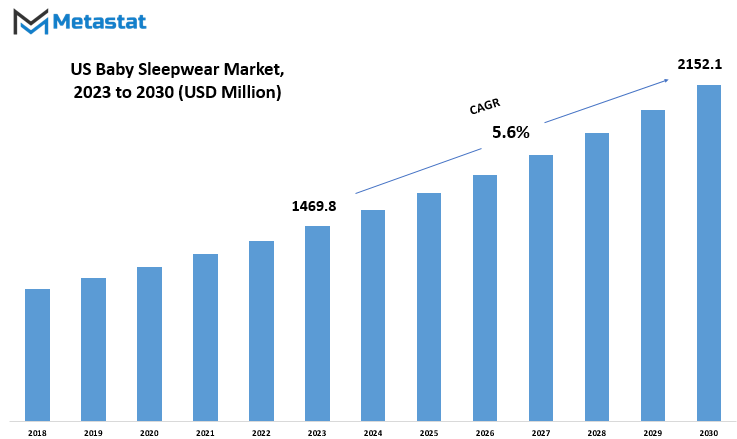
GROWTH FACTORS
A significant driver in this market is the increasing awareness among parents and caregivers. As more individuals become conscious of the importance of comfortable and safe sleepwear for babies, the demand for quality products rises. This awareness extends beyond basic functionality, encompassing factors like design, materials used, and the overall well-being of the child during sleep.
Furthermore, the market witnesses a growing trend toward gender-neutral and eco-friendly baby sleepwear. This shift is reflective of broader societal changes, emphasizing inclusivity and sustainability. Parents are increasingly drawn to products that align with these values, driving manufacturers to adapt their offerings to meet this demand.
However, the industry is not without its challenges. Stringent safety regulations and standards for baby sleepwear act as a notable restraint. Compliance with these regulations is non-negotiable, necessitating careful design and manufacturing processes to ensure the utmost safety for infants during sleep. This compliance, while essential, can pose challenges for businesses, influencing their operational and design decisions.
Another restraint is the intense competition among both established and emerging brands. With the market catering to a necessity, brands must differentiate themselves through innovation, quality, and brand recognition. This competitive environment can be challenging for newcomers and smaller players, requiring strategic approaches to carve a niche in the market.
The growth of e-commerce and the expansion of online marketplaces offer a promising avenue for the US Baby Sleepwear market. The convenience of online shopping, coupled with a wider reach, provides manufacturers and retailers with the chance to tap into a broader customer base. This opportunity aligns with evolving consumer behavior, where online platforms become primary channels for purchasing everyday goods, including baby sleepwear.
The US Baby Sleepwear market is influenced by a combination of awareness, societal trends, regulatory considerations, and market dynamics. While increasing awareness and the trend toward eco-friendly options drive growth, stringent safety regulations and intense competition pose challenges. The expanding realm of e-commerce, however, presents a promising opportunity for those in the industry. Navigating this landscape requires a delicate balance of addressing consumer needs, ensuring compliance, and leveraging emerging opportunities to establish a resilient presence in the market.
MARKET SEGMENTATION
By Price Point
Three key segments, Mass, Premium, and Luxury, delineate the market based on varying price categories, offering insights into the diverse choices and economic considerations of consumers.
The Mass segment, valued at 914.8 USD Million in 2022, stands as the largest and most accessible category in terms of pricing. This segment caters to a broad consumer base, providing affordable options for parents who prioritize budget-friendly choices without compromising on the essential features of baby sleepwear.
Moving up the Premium segment, valued at 338.7 USD Million in 2022, captures the middle ground. Positioned between affordability and exclusivity, this segment attracts consumers seeking a balance between quality, style, and cost. It reflects a consumer base willing to invest a bit more for added features and design without entering the realm of luxury.
At the top tier of the market, the Luxury segment, valued at 120.1 USD Million in 2022, represents the pinnacle of baby sleepwear offerings. Positioned as premium and exclusive, this segment caters to consumers who prioritize high-end materials, intricate designs, and prestigious brands. Here, the purchase decision often transcends mere functionality, leaning towards a statement of style and affluence.
This segmentation not only mirrors the economic diversity of consumers but also underscores the industry’s adaptability to various market demands. The Mass segment ensures inclusivity, meeting the needs of a broad spectrum of consumers. The Premium segment strikes a balance, appealing to those who seek a blend of quality and value. Meanwhile, the Luxury segment caters to a niche market, where the emphasis lies not only on functionality but also on the prestige associated with premium baby sleepwear.
The segmentation of the US Baby Sleepwear market by price point unveils a nuanced consumer landscape. From budget-conscious choices to those driven by a quest for exclusivity, each segment represents a unique facet of consumer behavior. This segmentation not only reflects market adaptability but also ensures that baby sleepwear is accessible to a wide range of consumers, irrespective of their economic considerations and lifestyle preferences.
By Brands Type the Market
The US Baby Sleepwear market shaped by different brands catering to varied consumer preferences. Breaking down the market, we find two key segments, which are National and Small Independent Online Brands.
The National segment, valued at 1066.6 USD Million in 2022, represents established brands with a widespread presence across the country. These brands are often household names, recognized for their reliability and extensive market reach. In the context of baby sleepwear, these national brands offer a range of products, often characterized by a balance between quality and affordability.
On the other hand, the Small Independent Online Brands segment carves its niche in the market with a value of 307 USD Million in 2022. These brands, while not as omnipresent as their national counterparts, hold a distinctive appeal. They often cater to specific needs or preferences, offering a more personalized and niche range of baby sleepwear products. Online platforms serve as their primary storefronts, allowing them to reach a US audience despite their relatively smaller scale.
Both segments contribute to the vibrant and competitive landscape of the US Baby Sleepwear market. National brands bring reliability and widespread accessibility, meeting the needs of a broad consumer base. In contrast, small independent online brands offer a more specialized and curated approach, appealing to consumers looking for unique designs or specific features in baby sleepwear.
The market thrives on this dual presence, providing consumers with a spectrum of choices. Whether opting for the familiarity of well-established national brands or seeking the distinctiveness of small independent online brands, parents navigating the US Baby Sleepwear market find themselves presented with diverse options to suit their preferences and meet the comfort needs of their little ones.
By Distribution Channel
In the US Baby Sleepwear market, the distribution channels are pivotal in reaching consumers. These channels serve as conduits, connecting manufacturers with parents seeking comfortable and safe sleepwear for their little ones.
Supermarkets and Hypermarkets stand out as conventional hubs where parents can conveniently find an array of baby sleepwear options. These mass-market retail spaces cater to the everyday needs of parents, offering a one-stop-shop experience for various baby products, including sleepwear.
Specialty Stores, on the other hand, provide a more focused retail environment. These stores dedicate their offerings exclusively to baby products, ensuring a specialized selection of sleepwear. This appeals to parents looking for a curated assortment and personalized service.
Further, the Brand Stores, affiliated with specific baby clothing brands, represent a direct avenue for consumers to access the latest and branded sleepwear options. These stores not only showcase a brand’s complete collection but also create a brand-centric shopping experience.
In the retail landscape, Online Channels have emerged as influential contributors to the baby sleepwear market. With the convenience of e-commerce, parents can browse, compare, and purchase sleepwear from the comfort of their homes. Online channels offer a vast array of options, often with customer reviews, contributing to an informed purchase decision.
Additionally, the category Others encapsulates various smaller retail outlets, contributing collectively to the market’s diversity. This may include local boutiques, smaller chains, or other unconventional retail spaces that cater to specific consumer preferences or niche markets.
Each distribution channel plays a distinct role in shaping the consumer experience in the US Baby Sleepwear market. From the convenience of supermarkets to the personalized service of specialty stores and the digital accessibility of online channels, parents have a range of options to choose from based on their preferences and lifestyle. In this vibrant market, the diversity of distribution channels reflects the evolving ways in which parents engage with and access baby sleepwear, ensuring that there’s a suitable avenue for every consumer.
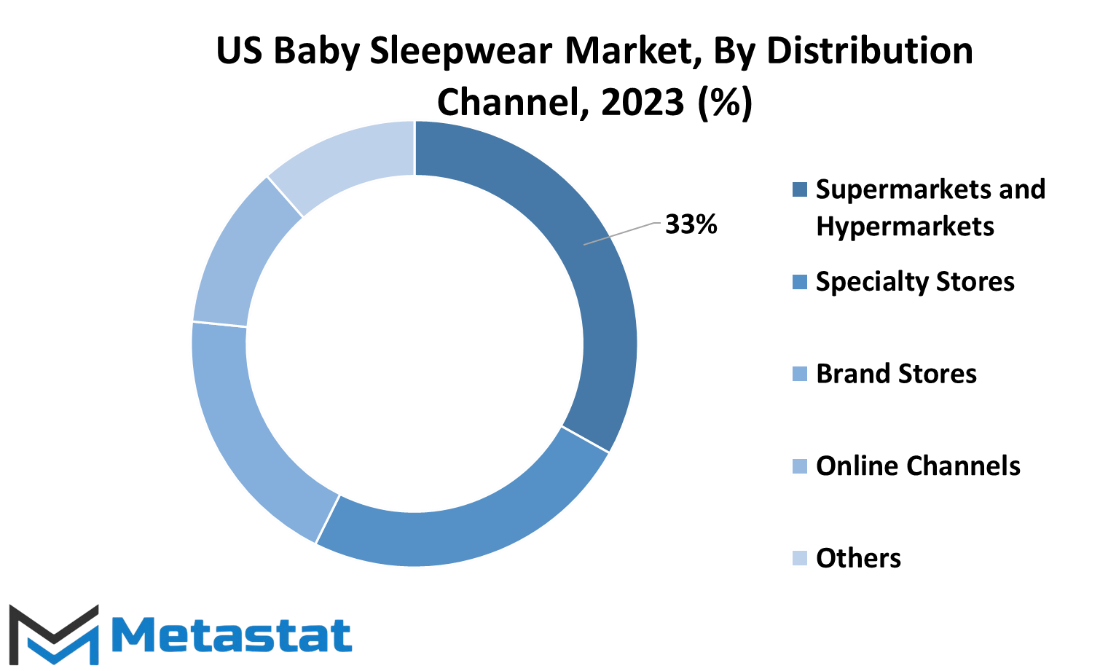
By Material
The US Baby Sleepwear market unfolds with a variety of materials, each playing a distinctive role in meeting the needs of little ones. The market’s material spectrum encompasses Cotton, valued at 810.3 USD Million in 2022, which stands as a cornerstone owing to its comfort and breathability. Cotton, a perennial favorite, ensures that babies can rest peacefully with soft, gentle fabrics against their delicate skin.
Linen, another noteworthy material in the market, was valued at 201.8 USD Million in 2022. Renowned for its natural coolness and durability, linen emerges as a practical choice, especially in warmer weather. Its ability to keep babies cool and comfortable aligns with the desire for a soothing and regulated sleep environment.
Bamboo, with a value of 148.6 USD Million in 2022, represents an eco-friendly and increasingly popular choice. Recognized for its softness and moisture-wicking properties, bamboo-derived sleepwear ensures a cozy and dry sleep experience for babies. The market acknowledges the growing preference for sustainable and gentle options in baby care.
Beyond these mainstays, the category labeled as Others introduces a realm of possibilities. This catch-all category comprises innovative materials that cater to diverse consumer preferences. It mirrors the market's adaptability, with manufacturers exploring and incorporating a range of materials to meet the multifaceted demands of parents and caregivers.
The US Baby Sleepwear market, through its material segmentation, caters to the nuanced needs of parents seeking not just functionality but also comfort and sustainability for their little ones. Whether it’s the time-tested appeal of Cotton, the breezy comfort of Linen, the eco-conscious choice of Bamboo, or the ever-expanding array of ‘Others,’ the market mirrors the dynamic landscape of baby care, where material choices go beyond trends to address the fundamental needs of a growing child.
COMPETITIVE PLAYERS
In the US Baby Sleepwear market, several key players contribute significantly to the industry's vitality. Among these contributors are notable entities like Under Armour Inc. and Carter's, Inc. These companies play pivotal roles in shaping the market, each bringing its unique strengths and offerings to the table.
Under Armour Inc., recognized for its innovation in sports and leisurewear, extends its influence into the realm of baby sleepwear. Leveraging its expertise in crafting high-quality, comfortable apparel, Under Armour Inc. contributes to meeting the sleepwear needs of infants in the US market. The brand's commitment to performance and comfort translates seamlessly into the realm of baby clothing, addressing the demands of parents for reliable sleepwear options.
Further, the Carter's, Inc., a longstanding and trusted name in the children's apparel industry, is another key player in the US Baby Sleepwear market. With a rich history and a reputation for providing wholesome, durable clothing for children, Carter's, Inc. has become a go-to choice for parents seeking reliable and comfortable sleepwear options for their infants. The brand's emphasis on quality and design aligns with the expectations of parents, contributing significantly to its prominence in the market.
These key players, Under Armour Inc. and Carter's, Inc., bring a blend of innovation, reliability, and quality to the US Baby Sleepwear market. Their presence not only reflects the competitive nature of the industry but also highlights the diverse options available to parents seeking the best sleepwear solutions for their infant. In a market where trust and quality are paramount, these key players continue to shape and influence the landscape, meeting the evolving needs of parents and ensuring that babies rest comfortably in well-crafted sleepwear.
US Baby Sleepwear Market Key Segments:
By Price Point
- Mass
- Premium
- Luxury
By Brands Type
- National
- Small Independent Online Brands
By Distribution Channel
- Supermarkets and Hypermarkets
- Specialty Stores
- Brand Stores
- Online Channels
- Others
By Material
- Cotton
- Linen
- Bamboo
- Others
Key US Baby Sleepwear Industry Players
- Under Armour Inc.
- Carter's, Inc.
- H&M Group
- Inditex SA (Zara)
- The Gap Inc. Limited
- Burt's Bees Baby
- Blossom Baby
- Target Brands, Inc.(Cat and Jack)
- Calida Group
- Hanna Andersson
WHAT REPORT PROVIDES
- Full in-depth analysis of the parent Industry
- Important changes in market and its dynamics
- Segmentation details of the market
- Former, on-going, and projected market analysis in terms of volume and value
- Assessment of niche industry developments
- Market share analysis
- Key strategies of major players
- Emerging segments and regional growth potential



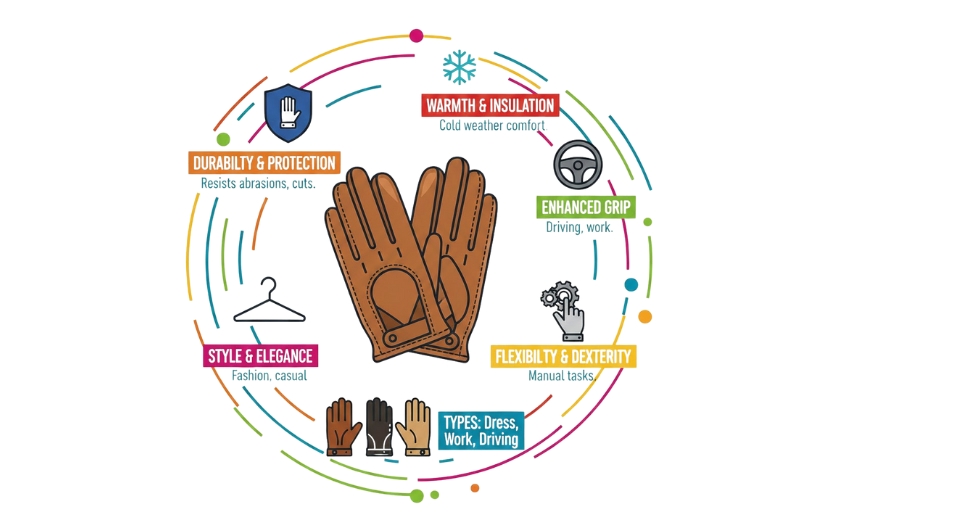
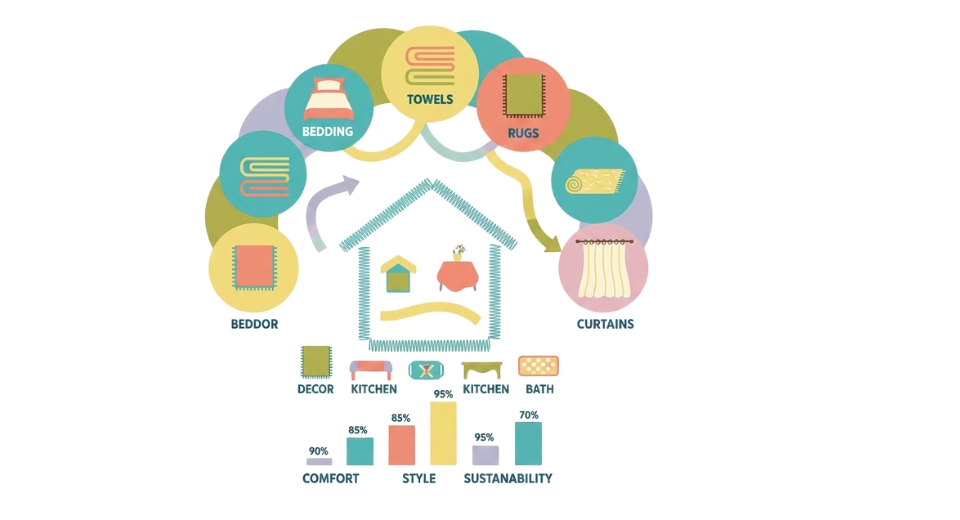
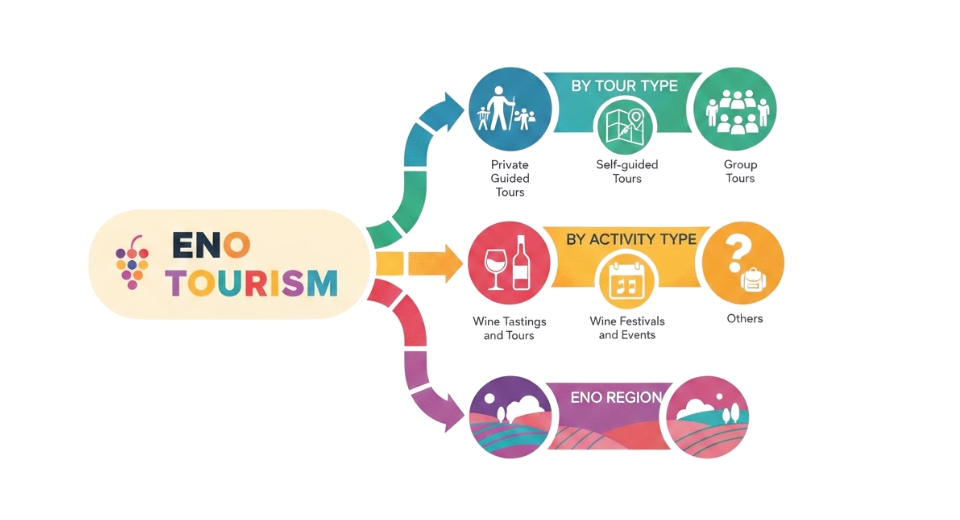
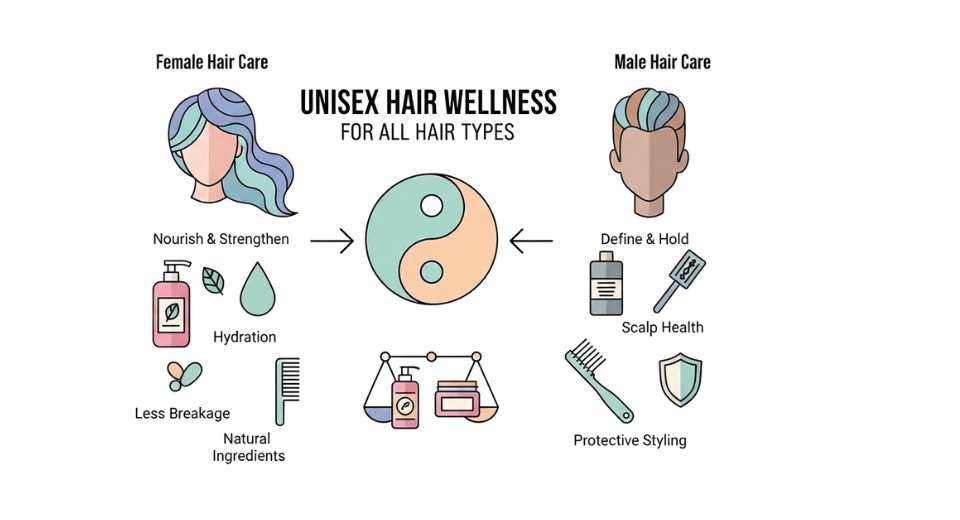

 US: +1 3023308252
US: +1 3023308252






